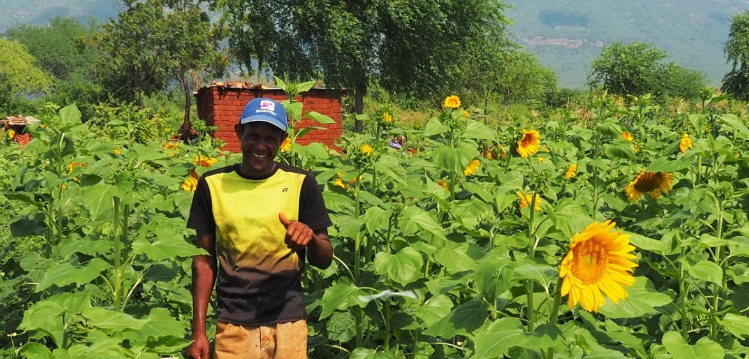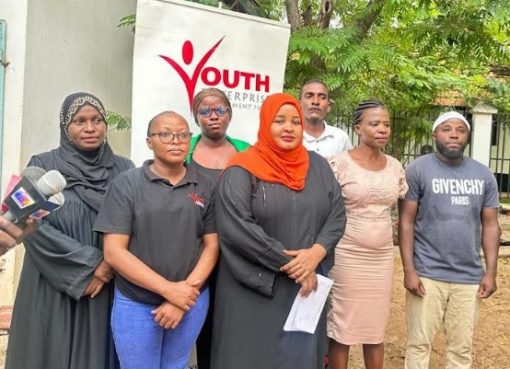Maize Farmers at the Tana Irrigation Scheme are venturing into contracted sunflower farming as a result of its high returns.
More than 300 acres in the scheme are under sunflower. The plant was first introduced to farmers at the scheme by a Non-Governmental Organization, World Concern.
Sunflower is used in the manufacture of edible oils, soaps and animal feeds.
Morris Adero, a sunflower farmer with 72 acres at Tana Irrigation said the plant did well in the trial, conducted in the former maize crop field.
“This plant does not require a lot of money to manage, if you plant it after three days, you will put in the first fertilizer and then you wait for three weeks and spray using pesticide. After a month and a half just apply the second fertilizer,’’ explains Odero.
The Sunflower farmers have signed a contract with Rafiki Pay Company located in Thika. They purchase one kilogram for Sh50 from the farmers. One acre yields between 1200-1500 kilograms of seeds.
“Compared to maize farming, sunflower is twice as profitable because the cost of cultivation is less. The production cost of one acre is Sh16, 000. At the moment this plant has gained momentum, many people have embraced sunflower farming,’’ said Adero.
He exuded confidence that in the second phase that begins next January, the 12,000-acre scheme will be dominated by sunflowers.
Meanwhile, the farmers have initiated talks with World Concern to set up a factory for value addition to be done in the Tana River for maximum benefits to farmers.
However, the farmers are grappling with African bollworm pests and will have to intercrop the sunflowers with green grams in the next phase to reduce losses. Sunflowers take between 80 and 120 days from planting to harvest and can be planted three times in a year.
Harvesting is usually done when the heads of the sunflower turn deep yellow. The heads are cut and turned upside down on the stocks to fully dry before they are removed from the farms.
Another sunflower farmer, Ayub Baroba said during drying they incur a lot of costs, since harvesting is done manually and there is a scarcity of canvas for drying the seeds.
By Sadik Hassan




